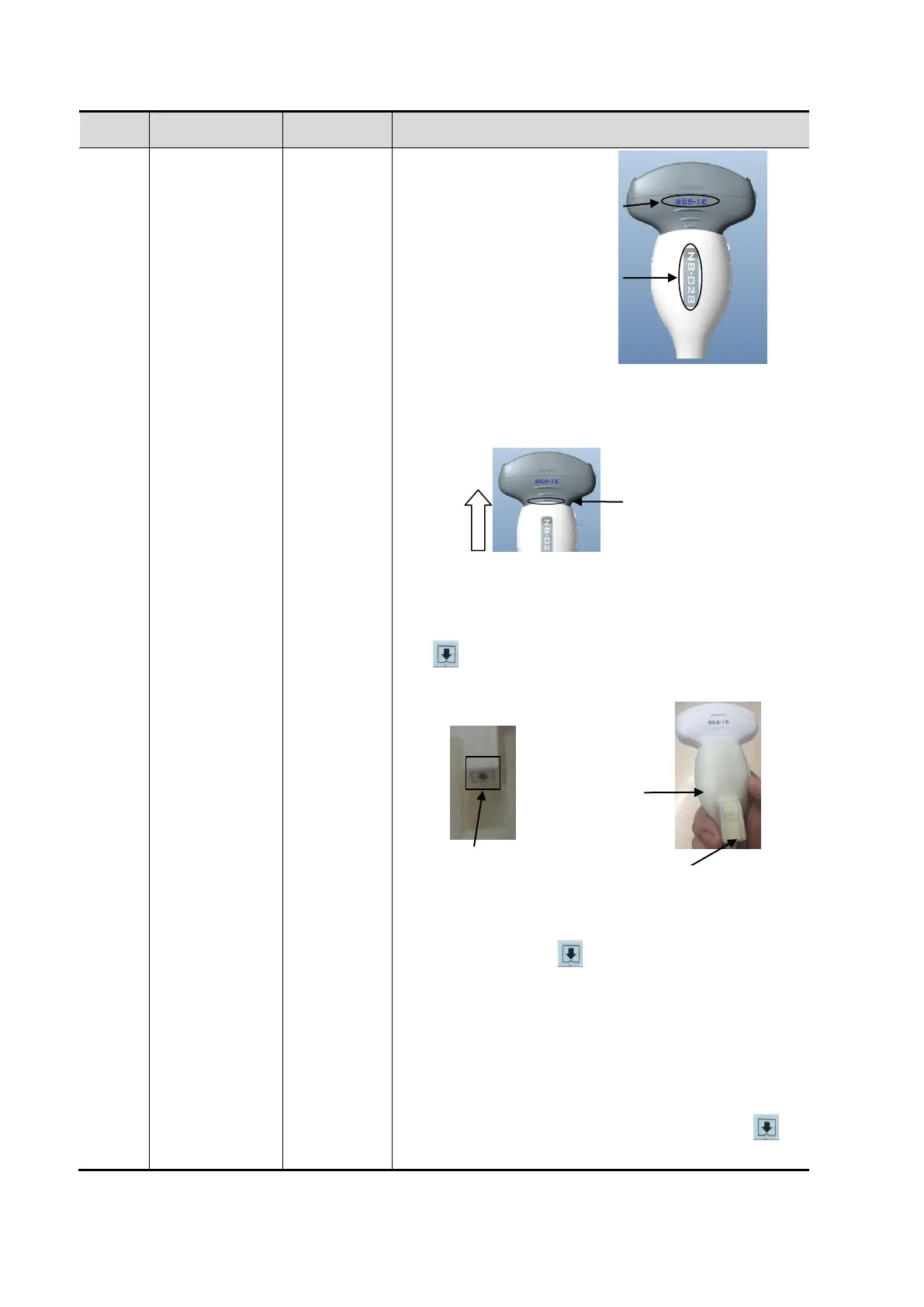Push the navigation support fastened
following the arrow’s guide.
3. Positioning (probe) sensor: fix the positioning
(probe) sensor which is already plugged in
positioning (probe) sensor port to the cavity of the
positioning (probe) navigation support following
guide.
Note: if failed to plug the positioning (probe)
sensor following guide, it may lead to non-
correlation of spatial positioning.
4. Positioning (probe) sensor sterile sheath: wear the
probe sterile sheath after probe sensor and bracket
are installed.
5. Motion (abdomen) sensor: fix the motion
(abdomen) sensor which is already plugged in
motion (abdomen) sensor port to the cavity of the
motion (abdomen) sensor support following
guide.

